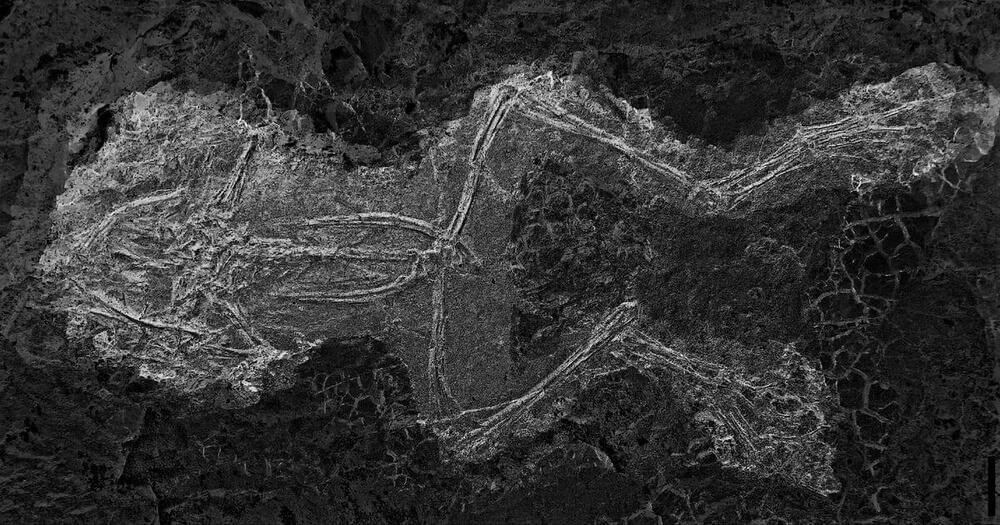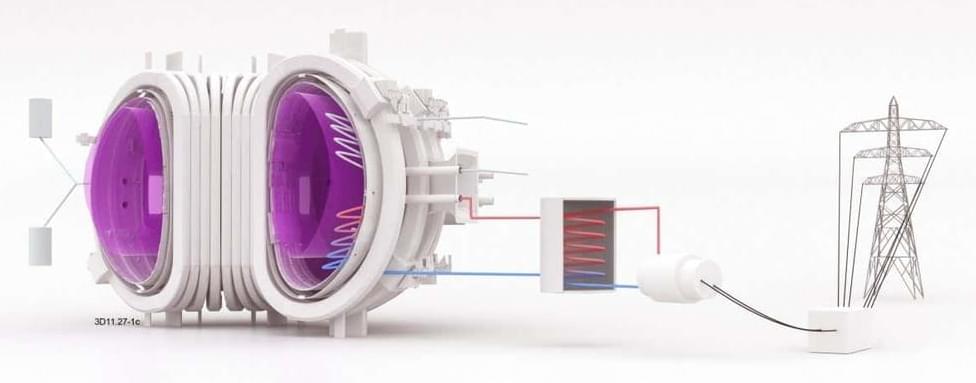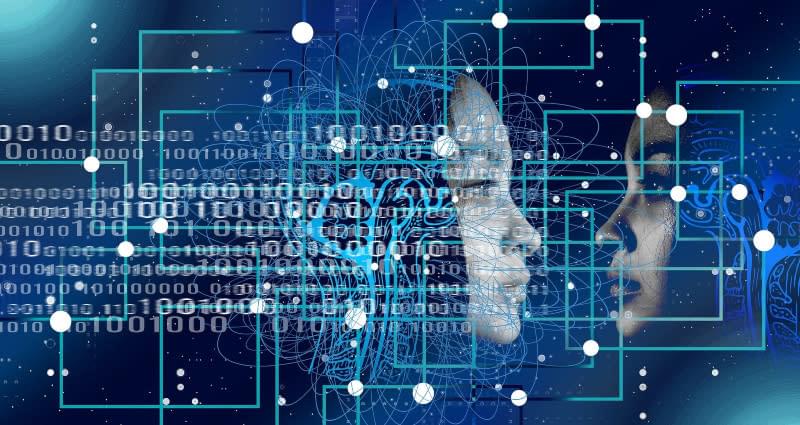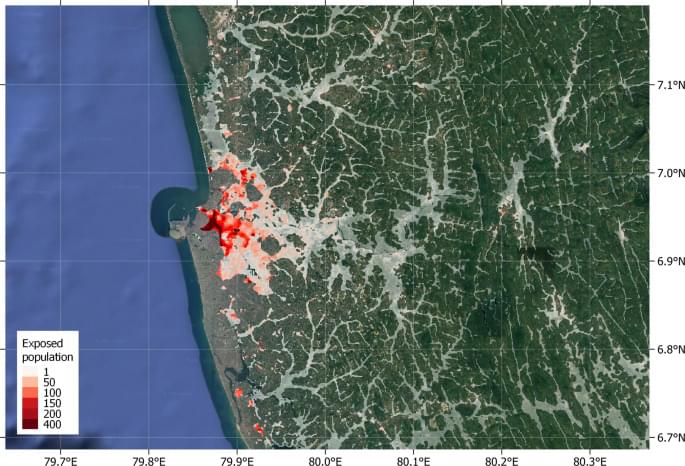Circa 2018
Debugging code is drudgery. But SapFix, a new AI hybrid tool created by Facebook engineers, can significantly reduce the amount of time engineers spend on debugging, while also speeding up the process of rolling out new software. SapFix can automatically generate fixes for specific bugs, and then propose them to engineers for approval and deployment to production.
SapFix has been used to accelerate the process of shipping robust, stable code updates to millions of devices using the Facebook Android app — the first such use of AI-powered testing and debugging tools in production at this scale. We intend to share SapFix with the engineering community, as it is the next step in the evolution of automating debugging, with the potential to boost the production and stability of new code for a wide range of companies and research organizations.
SapFix is designed to operate as an independent tool, able to run either with or without Sapienz, Facebook’s intelligent automated software testing tool, which was announced at F8 and has already been deployed to production. In its current, proof-of-concept state, SapFix is focused on fixing bugs found by Sapienz before they reach production. The process starts with Sapienz, along with Facebook’s Infer static analysis tool, helping localize the point in the code to patch. Once Sapienz and Infer pinpoint a specific portion of code associated with a crash, it can pass that information to SapFix, which automatically picks from a few strategies to generate a patch.








